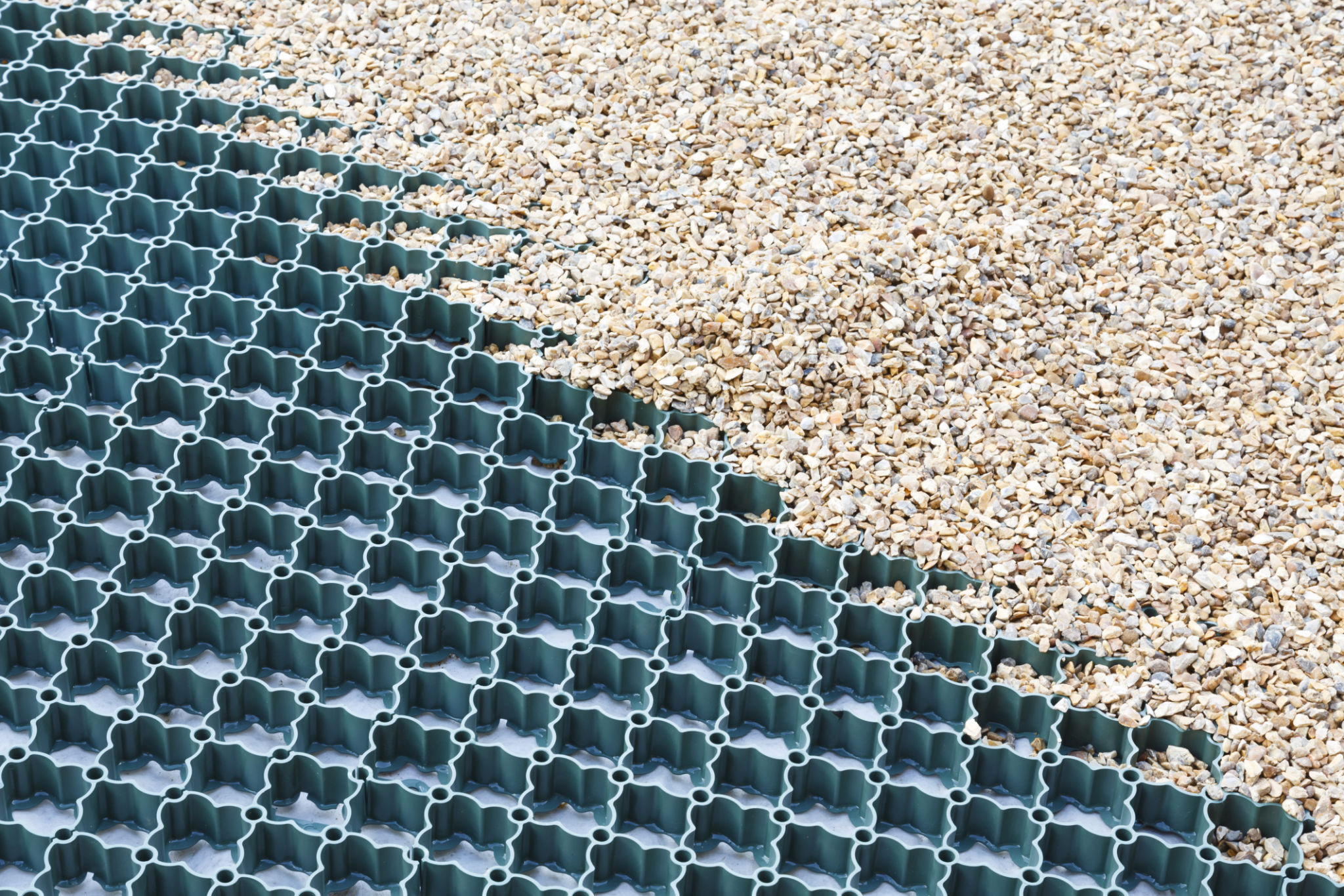Expert Tips on Maintaining Your Gravel Driveway During New Hampshire Winters
Understanding the Challenges of New Hampshire Winters
New Hampshire winters are known for their harsh conditions, which can pose significant challenges for maintaining a gravel driveway. Snow, ice, and frequent freeze-thaw cycles can lead to various issues, such as potholes and gravel displacement. Understanding these challenges is the first step in effectively maintaining your driveway during the winter months.

Regular Snow Removal
One of the most important maintenance tasks is regular snow removal. It is crucial to clear snow promptly to prevent it from compacting and forming ice patches. A snow blower or a snowplow with a rubber blade edge is recommended to avoid displacing gravel while clearing the snow.
When shoveling manually, use a plastic shovel with a non-metal edge to minimize the risk of moving or damaging the gravel. Consistent snow removal not only keeps the driveway accessible but also reduces the chances of ice accumulation.
Ensuring Proper Drainage
Proper drainage is essential for maintaining your gravel driveway during winter. Water from melting snow and ice needs to be directed away from the driveway to prevent erosion and pooling. Assess your driveway's slope and make sure it facilitates adequate drainage.

Consider installing French drains or using ditches along the sides of your driveway to channel water away. Maintaining proper drainage will help prevent water from freezing on your driveway, reducing the risk of damage.
Addressing Potholes and Ruts
Potholes and ruts are common issues during winter due to the freeze-thaw cycle. Address these problems as soon as they arise to prevent them from worsening. To repair potholes, remove loose gravel, fill the hole with fresh gravel, and compact it firmly.
- Remove loose debris and gravel from the pothole.
- Fill the hole with new gravel, ensuring it's slightly higher than the surrounding area.
- Compact the gravel using a tamper or roller.
Using Sand and Salt Sparingly
While sand and salt can improve traction on icy driveways, they should be used sparingly on gravel surfaces. Excessive salt can lead to corrosion and environmental concerns, while too much sand can mix with the gravel, creating a mess when the snow melts.

If traction is necessary, consider using a small amount of sand mixed with gravel to enhance grip without causing damage. Always prioritize environmentally friendly alternatives when possible.
Spring Maintenance Tips
As winter comes to an end, it's important to prepare your driveway for spring. This includes removing any remaining debris, re-leveling displaced gravel, and addressing any drainage issues that may have developed over the winter months.
By taking proactive steps in maintaining your gravel driveway throughout the winter, you ensure its longevity and functionality for years to come. A well-maintained driveway not only enhances your property's curb appeal but also provides a safe and reliable surface during New Hampshire's challenging winter conditions.
